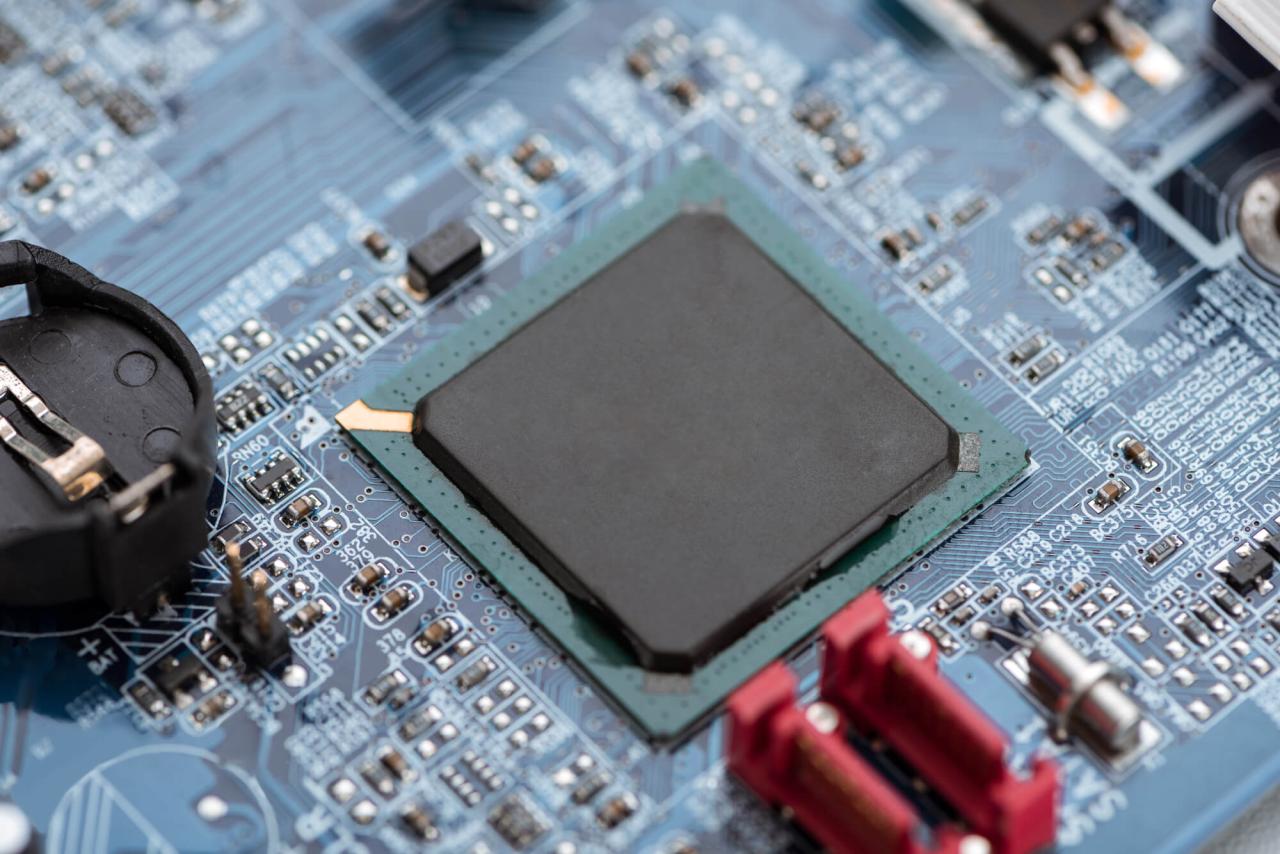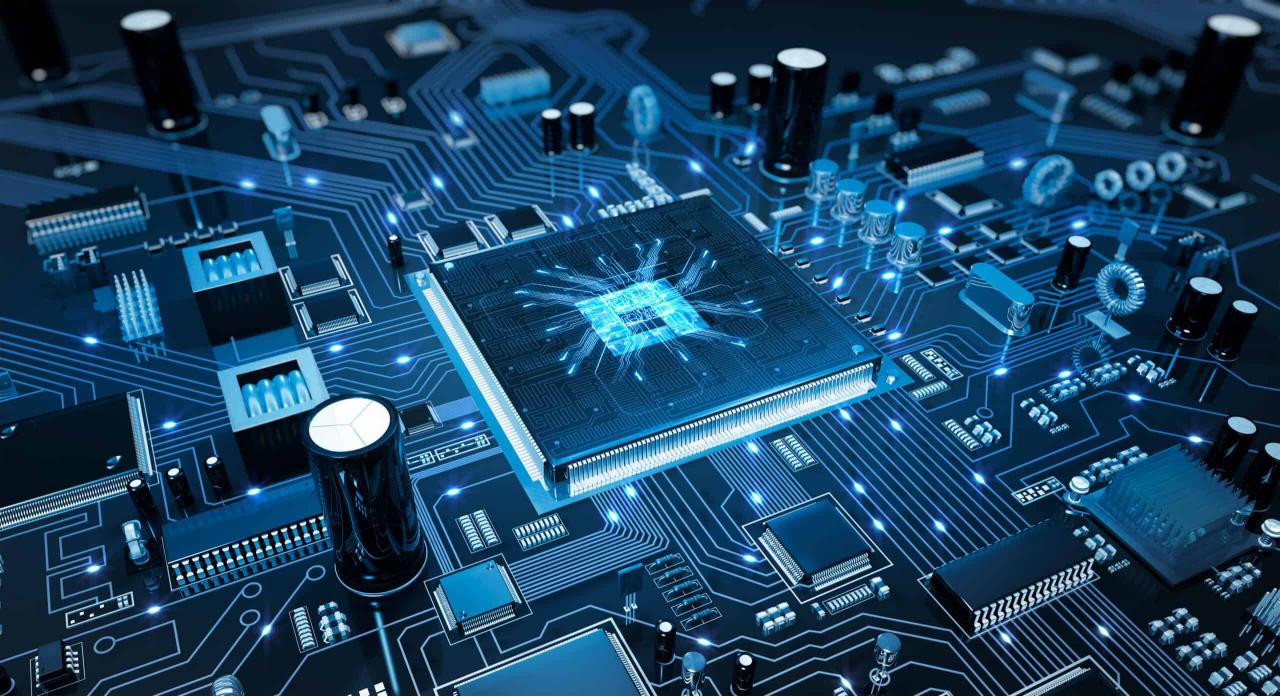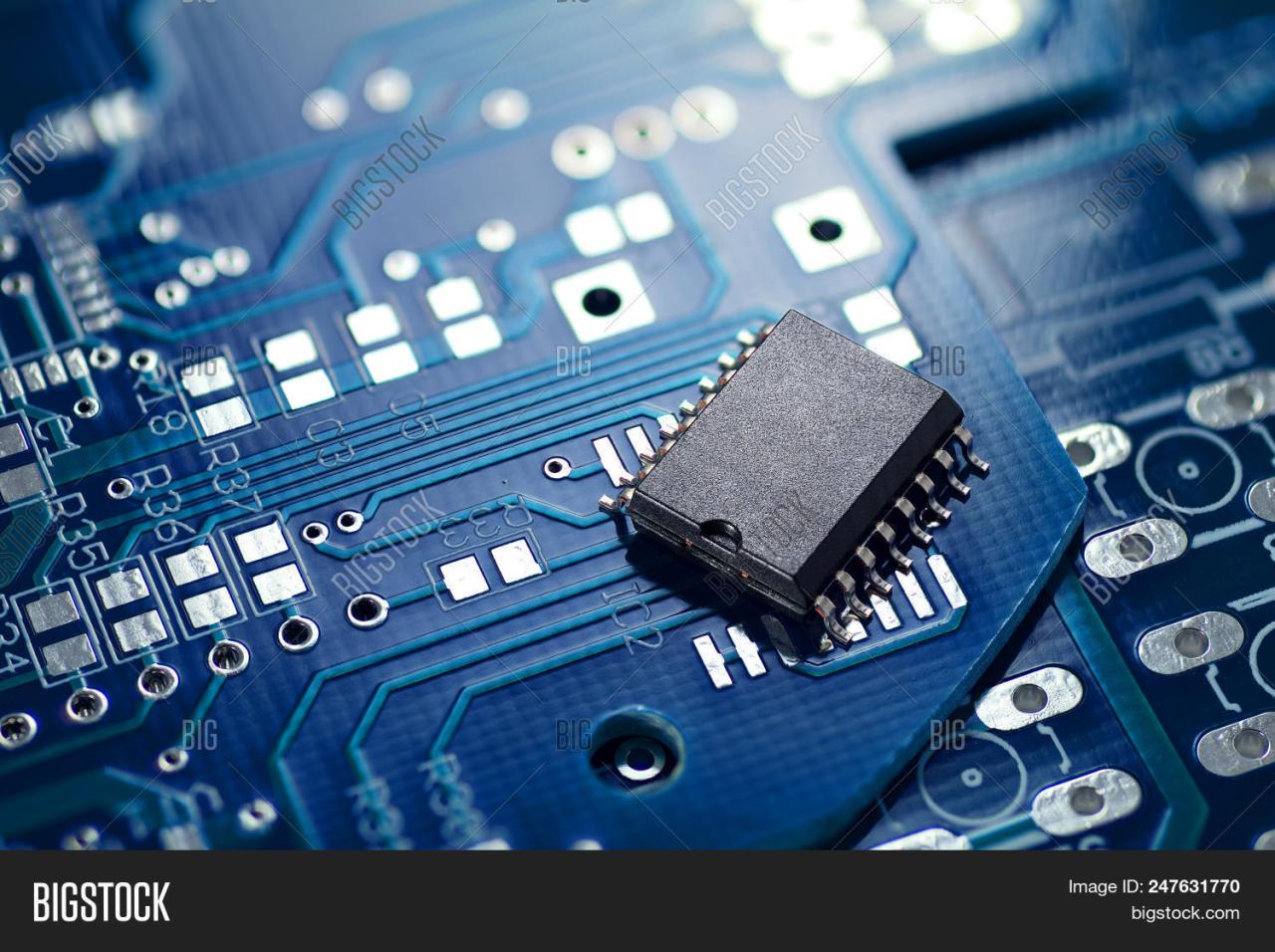Chip iPhone is at the heart of Apple’s innovation, driving the capabilities of each device to new heights. Understanding the intricacies of these chips not only reveals the technical prowess behind the iPhone but also showcases Apple’s relentless pursuit of excellence in mobile technology.
From the early A-series processors to the latest advancements, the evolution of iPhone chips reflects significant strides in performance and efficiency. As we delve deeper into the world of chip iPhone, we’ll explore the various types of chips, their manufacturing processes, and what the future holds for this critical component in smartphones.
Understanding iPhone Chips

The chips that power iPhones are at the heart of the device’s performance and capabilities. Over the years, Apple has developed a range of proprietary chips, each representing a significant leap in technology and efficiency. Understanding these chips is essential for grasping how iPhones manage to deliver remarkable performance, battery life, and user experience.
Apple’s journey in chip design has evolved dramatically since the first iPhone was released. Initially, iPhones used off-the-shelf components from third-party manufacturers, but over the years, Apple transitioned to designing its own chips, allowing for greater optimization and innovation tailored specifically for iOS. This shift not only enhanced performance but also provided better integration between hardware and software, resulting in a seamless user experience.
Types of Chips Used in iPhones
Apple iPhones utilize various types of chips, each serving a distinct purpose. The primary categories include the main application processor, the graphics processing unit (GPU), and specialized chips for tasks such as image processing and security. Below is an overview of the different types of chips used in iPhones:
– Application Processor: This is the main chip responsible for executing the operating system and applications. It dictates the overall speed and performance of the device.
– Graphics Processing Unit (GPU): Dedicated to rendering graphics, the GPU plays a crucial role in gaming and video playback, ensuring smooth visual performance.
– Image Signal Processor (ISP): This chip is responsible for processing images captured by the camera, enhancing features such as low-light performance and image stabilization.
– Secure Enclave: This specialized chip handles sensitive information such as passwords and biometric data, ensuring that user data remains secure.
Evolution of iPhone Chips Over the Years
The evolution of iPhone chips is marked by significant advancements in technology, leading to improved performance and efficiency. Below is a timeline showcasing key milestones in the development of iPhone chips:
– 2007: The first iPhone featured the ARM 11 processor, which was sufficient for basic applications but limited in performance.
– 2010: The introduction of the A4 chip brought a significant boost in processing power, enabling smoother multitasking and better graphics.
– 2013: The A7 chip debuted with 64-bit architecture, making the iPhone 5s the first smartphone to utilize a 64-bit processor, enhancing performance for demanding applications.
– 2017: The A11 Bionic chip included a neural engine, paving the way for advanced machine learning and augmented reality features.
– 2021: The A15 Bionic chip brought improvements in battery efficiency and performance, further solidifying Apple’s position in mobile processing power.
Comparison of iPhone Chips
A direct comparison of iPhone chips highlights their specifications and capabilities. This table summarizes the core features of some notable chips used across different iPhone models:
| Chip | Model Introduced | CPU Architecture | GPU | Process Technology |
|---|---|---|---|---|
| A4 | iPhone 4 | 32-bit | PowerVR SGX535 | 45nm |
| A7 | iPhone 5s | 64-bit | PowerVR G6430 | 28nm |
| A11 Bionic | iPhone 8/X | 64-bit | Apple-designed GPU | 10nm |
| A14 Bionic | iPhone 12 | 64-bit | Apple-designed GPU | 5nm |
| A15 Bionic | iPhone 13 | 64-bit | Apple-designed GPU | 5nm |
Performance of iPhone Chips

The performance of iPhone chips is a pivotal factor in determining the overall functionality of the device. With each new generation of iPhone, Apple introduces chips that not only enhance speed and efficiency but also improve graphics performance, machine learning capabilities, and energy management. This advancement directly influences user experience, application performance, and battery life.
The performance metrics of the iPhone chips can be quantified through benchmark scores, which provide a clear indication of how different chips stack up against one another. These scores come from industry-standard tests such as Geekbench and AnTuTu, which assess CPU, GPU, and machine learning performance. Below is a comparison of benchmark scores from various iPhone models, showcasing the significant improvements over the years.
Benchmark Scores of iPhone Chips
The following table illustrates the benchmark scores of notable iPhone chips across different models, emphasizing the enhancements in processing power and graphics capabilities over time.
| iPhone Model | Chip | Geekbench 5 (Single-Core) | Geekbench 5 (Multi-Core) | AnTuTu Score |
|---|---|---|---|---|
| iPhone 11 | A13 Bionic | 1320 | 3315 | 450,000 |
| iPhone 12 | A14 Bionic | 1600 | 4000 | 580,000 |
| iPhone 13 | A15 Bionic | 1730 | 4580 | 700,000 |
| iPhone 14 | A16 Bionic | 1890 | 5180 | 850,000 |
The ongoing improvements in benchmark scores highlight Apple’s commitment to pushing the limits of performance with each chip iteration. The A16 Bionic chip, for instance, not only surpasses its predecessors but also sets new standards in the industry, enabling applications to run more smoothly and efficiently. This progression illustrates how performance enhancements are integral to delivering innovative features and improving user satisfaction.
Chip Manufacturing Process
The manufacturing process of iPhone chips is a highly intricate procedure that requires precision and advanced technology. This process involves various stages, from the initial design to the final production of the chips that power iPhones. Understanding these steps provides insight into the complexity and innovation behind modern semiconductor technology.
The chip manufacturing process is primarily carried out by specialized semiconductor companies, which play a crucial role in the production of iPhone chips. These companies are responsible for various stages of fabrication, ensuring that the chips meet the performance and efficiency standards expected by consumers.
Stages of Chip Manufacturing, Chip iphone
In the semiconductor industry, the chip manufacturing process comprises several critical stages that transform raw materials into functional chips. Below is an Artikel of these stages:
- Design Phase: The process begins with engineers designing the chip utilizing Electronic Design Automation (EDA) software to create detailed schematics and layouts.
- Wafer Fabrication: Silicon wafers are produced from high-purity silicon. The wafers are then treated to form layers of circuits through photolithography, etching, and ion implantation.
- Assembly and Packaging: Once fabricated, the chips are sliced from the wafer and undergo testing. They are then packaged to protect the delicate components and facilitate integration into devices.
- Testing: Each chip undergoes rigorous testing for performance and reliability, ensuring they meet quality standards before being shipped.
The flowchart below illustrates the sequential steps involved in the chip manufacturing process:
1. Design Phase → 2. Wafer Fabrication → 3. Assembly and Packaging → 4. Testing → 5. Distribution
Each of these stages is vital in ensuring that the final product is both high-quality and reliable, capable of handling the demanding tasks required by modern smartphones. The intricate nature of chip manufacturing highlights the significance of semiconductor companies in bringing innovative technology to life.
Future of iPhone Chips: Chip Iphone

As technology evolves, so too does the innovation behind the chips powering the iPhone. The future of iPhone chips is poised to revolutionize mobile performance, integrate advanced capabilities, and improve battery efficiency. With Apple’s relentless pursuit of excellence, the upcoming generations of chips are expected to feature unprecedented enhancements that will redefine user experience and device functionality.
Advancements in chip technology are primarily driven by the need for greater processing power, energy efficiency, and the incorporation of artificial intelligence. The transition to advanced fabrication techniques, such as smaller nanometer processes, enables more transistors on a single chip, consequently enhancing performance. Furthermore, integration of AI capabilities is anticipated to become a standard feature in future chips, facilitating smarter device functionality and personalized user experiences.
Trends in Chip Development
The future trends in iPhone chip development indicate several exciting directions for upcoming models. Apple is likely to focus on the following key aspects in its future chip designs:
- Increased Integration of AI: Future chips are expected to have dedicated cores for AI processing, enhancing machine learning capabilities for various applications.
- Advanced Fabrication Techniques: Adoption of 3nm or even 2nm technology will lead to improved performance and energy efficiency, with more transistors packed into smaller spaces.
- Enhanced Graphics Processing: Future generations will likely see significant improvements in GPU capabilities, addressing the demand for high-performance gaming and augmented reality applications.
- 5G Optimization: Chipsets will continue to evolve to support faster and more reliable 5G connectivity, enhancing overall user experience in data-intensive applications.
Projected Timeline for Next-Generation iPhone Chips
Looking ahead, Apple has a clear roadmap for the release of its next-generation iPhone chips. The following timeline highlights the anticipated releases based on industry insights and historical patterns:
| Year | Chip Name | Key Features |
|---|---|---|
| 2024 | A18 | 3nm technology, enhanced AI capabilities, improved energy efficiency. |
| 2025 | A19 | 2nm technology, advanced GPU, superior 5G integration. |
| 2026 | A20 | Further refined AI processing, potential introduction of new architecture. |
The advancements in chip technology are not just about speed and performance; they also reflect a commitment to sustainability and efficiency. As Apple continues to innovate, the future of iPhone chips is set to deliver groundbreaking improvements that will significantly enhance the smartphone experience for users around the globe.
Question & Answer Hub
What is the latest iPhone chip?
The latest iPhone chip is the A17 Pro, which powers the iPhone 15 Pro models, boasting advanced performance and efficiency.
How do iPhone chips compare to competitors?
iPhone chips, particularly the A-series, often outperform competitors in benchmark tests, showing superior graphics and processing capabilities.
Can iPhone chips be upgraded?
No, iPhone chips are soldered onto the motherboard and cannot be upgraded after purchase.
What role do semiconductor companies play?
Semiconductor companies are crucial in designing and fabricating the chips used in iPhones, ensuring they meet Apple’s specifications for performance.
What advancements can we expect in future iPhone chips?
Future iPhone chips may feature enhanced AI capabilities, improved energy efficiency, and integration of 5G technology for faster connectivity.
If you’re looking to upgrade your smartphone, the latest promotion iphone offers an incredible opportunity to get your hands on the newest models at reduced prices. With innovative features and sleek designs, these iPhones are not just a style statement but also come packed with performance. Don’t miss out on this chance to own the latest technology.
The performance of an iPhone largely depends on its internal components, particularly the chip iphone , which powers everything from camera functionalities to gaming experiences. Apple continuously upgrades its chips to enhance efficiency and speed, making their devices more capable year after year. Understanding the significance of these chips can help consumers appreciate the value of their investment.